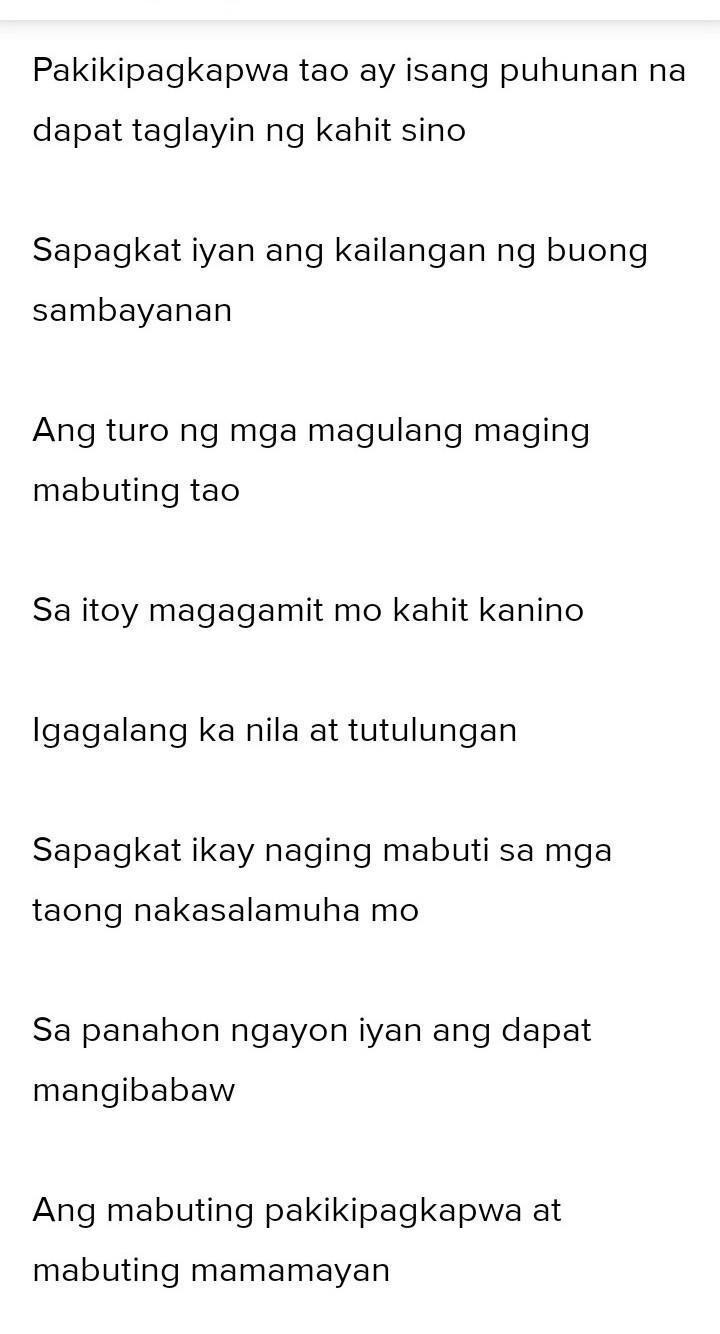Answer:
The most widely used traditional assessment tools are multiple-choice tests, true/false tests, short answers, and essays. True/false tests: True/false items require students to make a decision and find out which of two potential responses is true.
The most widely used traditional assessment tools are multiple-choice tests, true/false tests, short answers, and essays. True/false tests: True/false items require students to make a decision and find out which of two potential responses is true.There are four considerations to examine when designing an appropriate assessment method that will reflect the established learning goals and activities:
The most widely used traditional assessment tools are multiple-choice tests, true/false tests, short answers, and essays. True/false tests: True/false items require students to make a decision and find out which of two potential responses is true.There are four considerations to examine when designing an appropriate assessment method that will reflect the established learning goals and activities:Reliability.
The most widely used traditional assessment tools are multiple-choice tests, true/false tests, short answers, and essays. True/false tests: True/false items require students to make a decision and find out which of two potential responses is true.There are four considerations to examine when designing an appropriate assessment method that will reflect the established learning goals and activities:Reliability.Standardization.
The most widely used traditional assessment tools are multiple-choice tests, true/false tests, short answers, and essays. True/false tests: True/false items require students to make a decision and find out which of two potential responses is true.There are four considerations to examine when designing an appropriate assessment method that will reflect the established learning goals and activities:Reliability.Standardization.Validity.
The most widely used traditional assessment tools are multiple-choice tests, true/false tests, short answers, and essays. True/false tests: True/false items require students to make a decision and find out which of two potential responses is true.There are four considerations to examine when designing an appropriate assessment method that will reflect the established learning goals and activities:Reliability.Standardization.Validity.Practicality.





